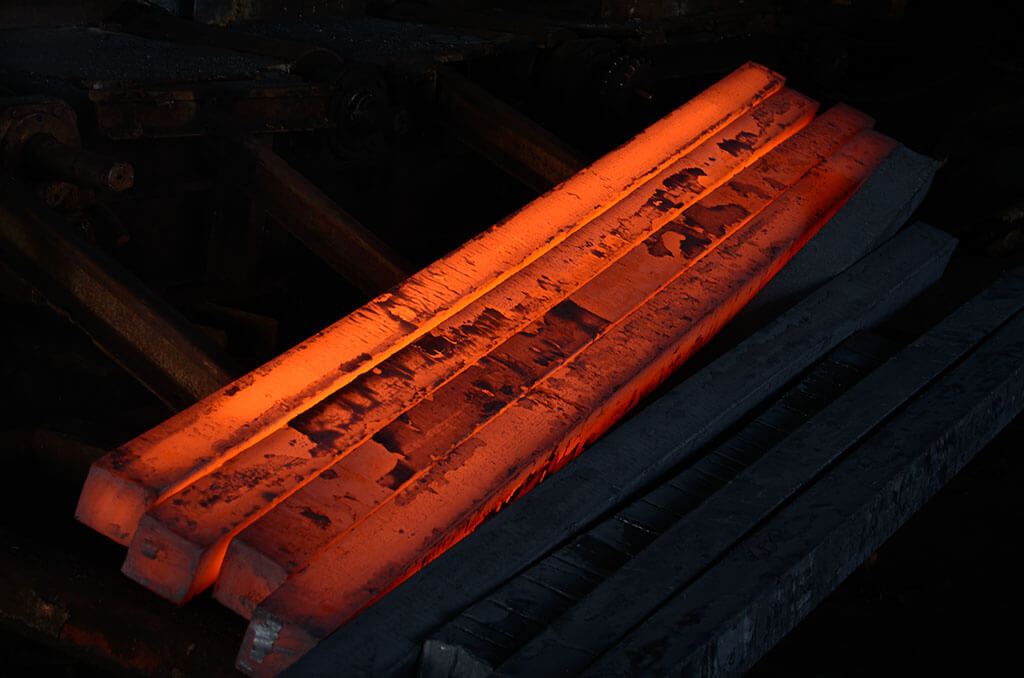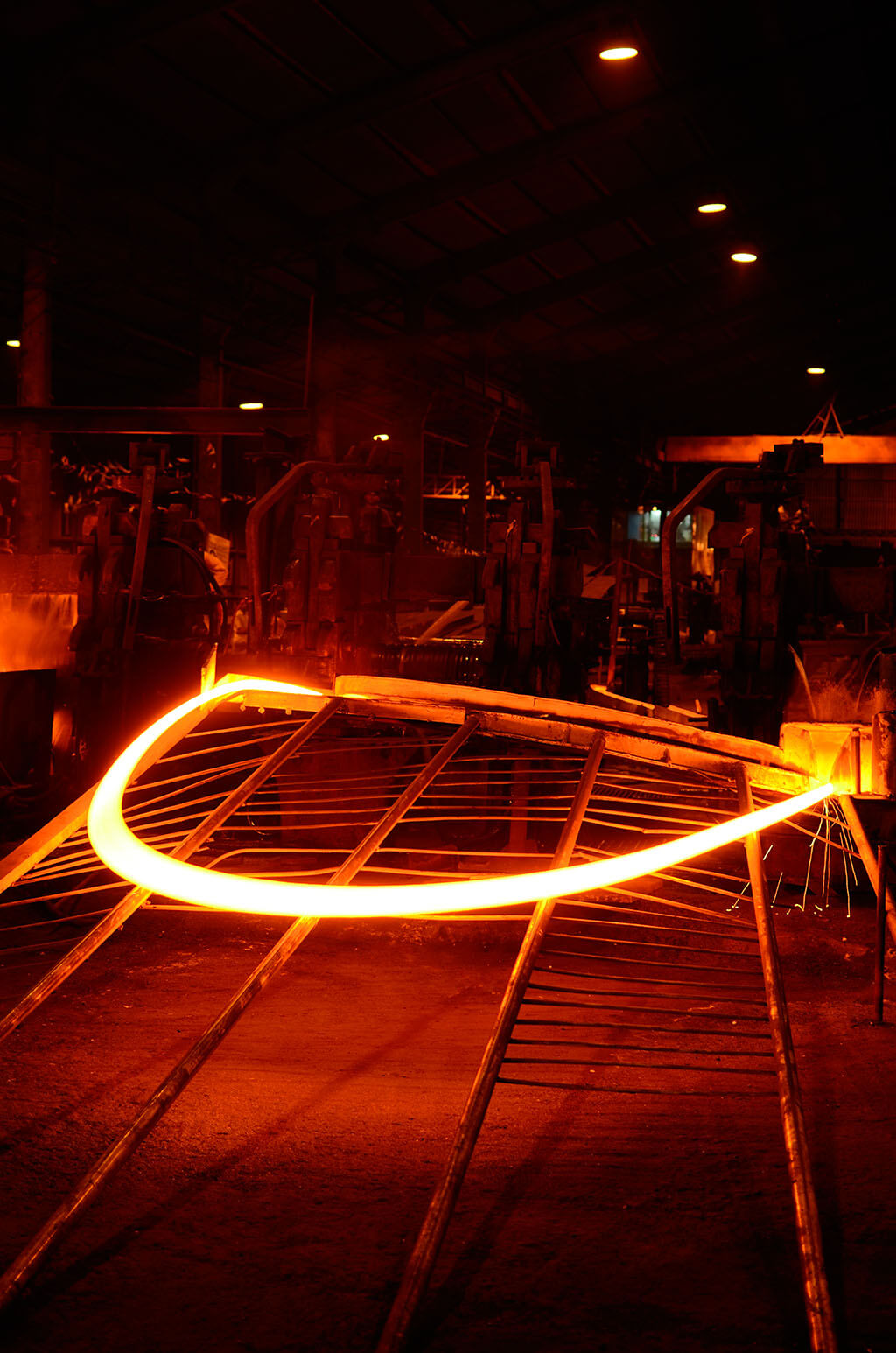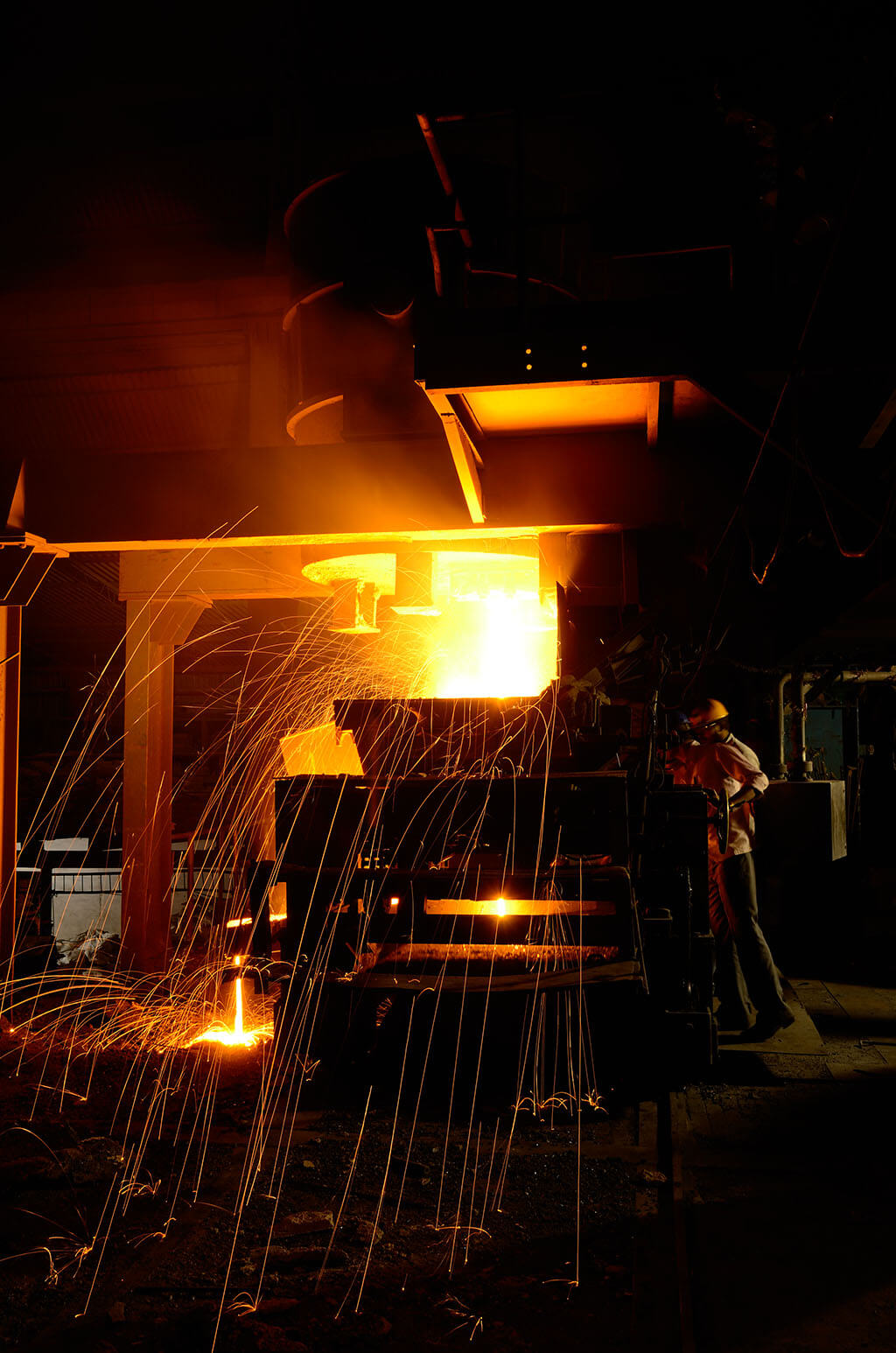

When this lockdown ends, which it surely will with medical experts engaged in finding a cure for the latest Coronavirus. With the advancement in the medical research field and the dedication with which the scientists have been working, it is not too long when life gets back to normal.
With normalcy restored, we will have to catch up to speed with everything that halted all of a sudden in the beginning of March 2020. It is a year we are going to remember for many reasons. There has been an impact on every section of the society and in every sector of business.
As makers of TMT steel bars, we are aware of the impact the lockdown has had on the construction front. Every single construction project had to take a break, whether it was in the conception stage or mid construction.
Well, it’s the right time to take a deep breath and know your construction materials before you resume your respective projects. We will give you an overview of Thermo-Mechanically Treated (TMT) Bars.
In the current times, all we want from a construction project is that, it looks beautiful from the outside and be strong and long lasting from the inside. While the beauty part is taken care of by the architect / project engineer / project designer, you, the project owner has the power to make the right choice when it comes to choosing the inner strength of your project!
Normally, not everybody is aware of the difference in grades of TMT bars and what purpose it serves. It’s a good idea to know the different grades while making a TRUE choice!
Different grades in TMT Steel Bars
Before the introduction of TMT steel bars, the popular choice for construction was Cold Twisted Deformed (CTD) steel reinforcement bars. But with time, TMT bars have proved to be far superior to the conventional CTD steel bars because of their enhanced strength & ductility.


In India currently, TMT bars are manufactured in the following grades according to their strength and rigidity: Fe 415, Fe 500, Fe 550 and Fe 600.
It is a general perception that with increase in the grade, the strength of the TMT bar increases and its ductility decreases. So, you have to wisely choose the grade of the TMT bar to suit your construction purpose. Fe 415, 500 & 550 grade bars are used for general construction purposes, like houses, apartments, convention halls, office buildings, etc.
One may not be able to differentiate the inherent quality of the various TMT bars available in the market just by looks, because they all appear to be similar. So, it becomes very important to choose a tested and authenticated brand for any construction. Even though different manufactures offer same grade of TMT bars, the quality of the bars is defined by the process of manufacturing. The commitment to comply with the mechanical and chemical specifications as per BIS standards, is what makes the BARS stand out.
So, while making the choice, make sure you pick the TRUE TMT because that is where the Inner Strength of your project comes from.





